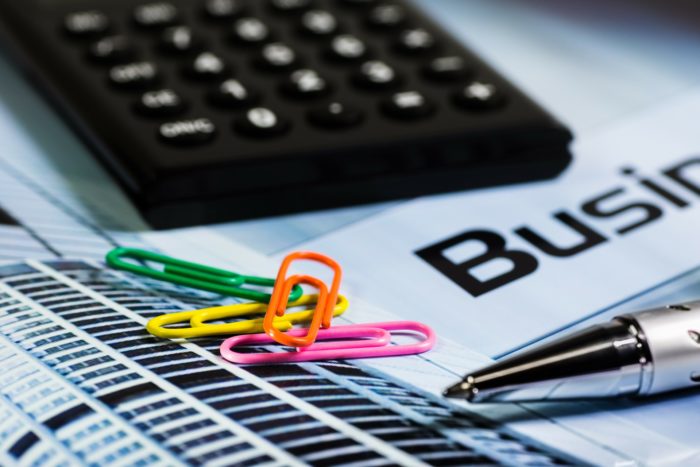You have developed a new product or process. You have filed a patent application to protect it, to protect your business from copies or counterfeits (to secure your investments and better defend your invention), or to prevent direct competition (offensive strategy to hinder your competitors). Today, your patent application exists. It may be published. Maybe the patent has even already been granted. Perhaps you have extended your protection abroad as well?
Your protection strategy naturally impacts the value of the IP rights you have created.
These rights crystallize some knowledge and know-how developed by your employees and more broadly, your organization. They also constitute an exchange value. Indeed, they can support your negotiations, be they in regard to commercial, financial, co-development, technology transfer, etc. They also constitute an intangible asset that enhances the company’s equity and value. These rights may then be part of equity related operations, transfers of business lines, etc.
It may then be useful to define the value of these industrial property rights.
So what is the value of a patent or patent application? How is their valuation carried out?
There are different financial valuation methods, generally split into 3 main categories:
- the cost approach (focusing on historical, reconstitution, replacement costs…)
- the market approach (based on comparables; in terms of patents, this method quickly finds its limits for it is very risky to compare two patents which, by definition, intend to be unique! And it is also difficult to identify complete and relevant comparables)
- the income approach, based on expected revenue, which allows, beyond costs, to integrate the operating potential of inventions. Generally this method prevails in many contexts, but it requires expertise to consolidate forecasts and assess the various risks (market, legal, economic, technological, etc.).
On the latter methods, several criteria have to be considered, and not only the content of the patented invention and related legal aspects. Indeed, the value of your patent depends very much on the response it provides to a specific problem, on its product/market fit and its profitability.
Thus, the main criteria we consider when valuing a patent are the following:
The patent, its content (the invention actually claimed) and the quality of the protection it offers:
- The nature of the product or process described in the patent’s text
- The nature and extent of the claims
- The protection process status, the search report, the geographical scope actually covered
- The presence of co-owners, several inventors, the dependence of the company or patent operating on the inventors
- The protection (remaining) life span
- The strength of the patent in its industry
The market and economic exploitation (current and planned):
- Products and services based on this patent and their technological and market positioning
- Direct or indirect competition
- The differentiating potential offered, the advantages provided
- The business model (product variations, cost price, profit margins, etc.)
- The marketing strategy (pricing policy, distribution, market segmentation, communication)
- Potential market shares
- Expected revenue for the remaining life span of the project, associated profit margins:
- Past sales (direct, maintenance, licenses…), if any
- Expected life span
- Estimate of future sales, market penetration strategy and speed, sales curve
- Related costs (direct and indirect, such as maintenance)
Operational risks and ratios, increasing or decreasing value:
- Contribution of IP rights to profits
- Risks of copying, counterfeiting, litigation
- Loyalty of inventors and owners of complementary know-how
- Current operational risks
- Market risks, economic risks,… (enabling discount rate definition)
A sensitive parameter is the assessment of the contribution level of the patent to profits generated by the related products, processes or services. This contribution will depend on what the patent actually protects and its economic utility in the current and future exploitation.
For example, with our online service ip-nuts.com, we ask you, via our dedicated evaluation form, for information and assessments allowing us to arbitrate on this contribution level. This ratio, combined with the discount rate to be used according to your market position, is essential to come to a relevant and trustworthy estimate. Of course, the expected revenue and profits must also be realistic, otherwise the evaluation relevance will be weak.
When you carry out a valuation for an ongoing negotiation with a partner willing to operate your patent, we recommend to provide revenue projection from his point of view. It is indeed on the basis of those arguments that your potential partner will appreciate and judge your offer.

